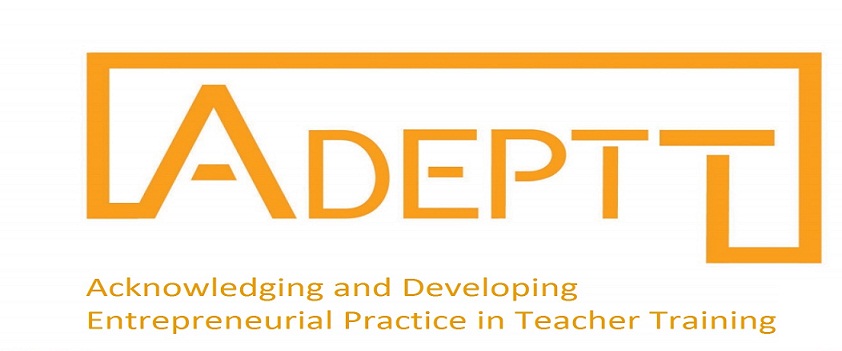The Norwegian
pilot targeted
teachers (upper-secondary) in Technology & Research from all over the
country. We decided to invite teachers to a course in creativity, rather than
in entrepreneurship. The reason is that entrepreneurship has a poor reputation
among some Norwegian teachers, in particular among science teachers.
In some
upper-secondary schools groups of teachers work with entrepreneurship-related
initiatives, like gründer camps and student enterprises/business. The problem
is, in most cases, that those groups of teachers work more or less on their own
and quite isolated. At many schools, there seems to be little collaboration and
exchange between those who are involved in entrepreneurship education and those
who are not. There seems to be a boundary between groups of teachers at the
same school. We wanted to challenge that.
There is a
potential when it comes to science teachers: science teachers are easily
engaged in inquiry-based approaches, and such approaches are closely related to
entrepreneurial approaches. In particular, when taking the entrepreneurial
pedagogical perspective, there seem to be many connections. We have started a
project, together with the National Resource Centre for Science in Education,
where we wish to explore how to connect modern science teaching practices and
entrepreneurial approaches to teaching. We decided, first of all, to
pilot this idea with teachers in Technology and Research, because this school
science subject in its self is the closest you can come entrepreneurship.
If this shows to be successful, we will broaden our work to other science
teachers.
Our
intention with the course we designed for this purpose was to introduce the
teachers to creativity as being the core concept when trying to explore the
connections between science teaching and entrepreneurial approaches in general.
Creativity, thus, was our focus during the course. In a plenary session on the
last day, in a dialogue with the participants, we summarized the ideas about
creativity and teaching put forward by the participants. The summary resulted
in a model, drawn on the black board, in which all elements of the
CRCL-model were present. In fact, the participants had, themselves, constructed
their own CRCL model. That gave us a opportunity to explicitly link creativity
to innovation and entrepreneurship. Looking back, we think that we made a
good decision. The teachers were easily engaged in discussions about
creativity, and to us that seemed to form a solid base for thinking and
reflecting on their own teaching practice. For many this may lead to further
thinking, more explicit towards entrepreneurial teaching.


No comments:
Post a Comment